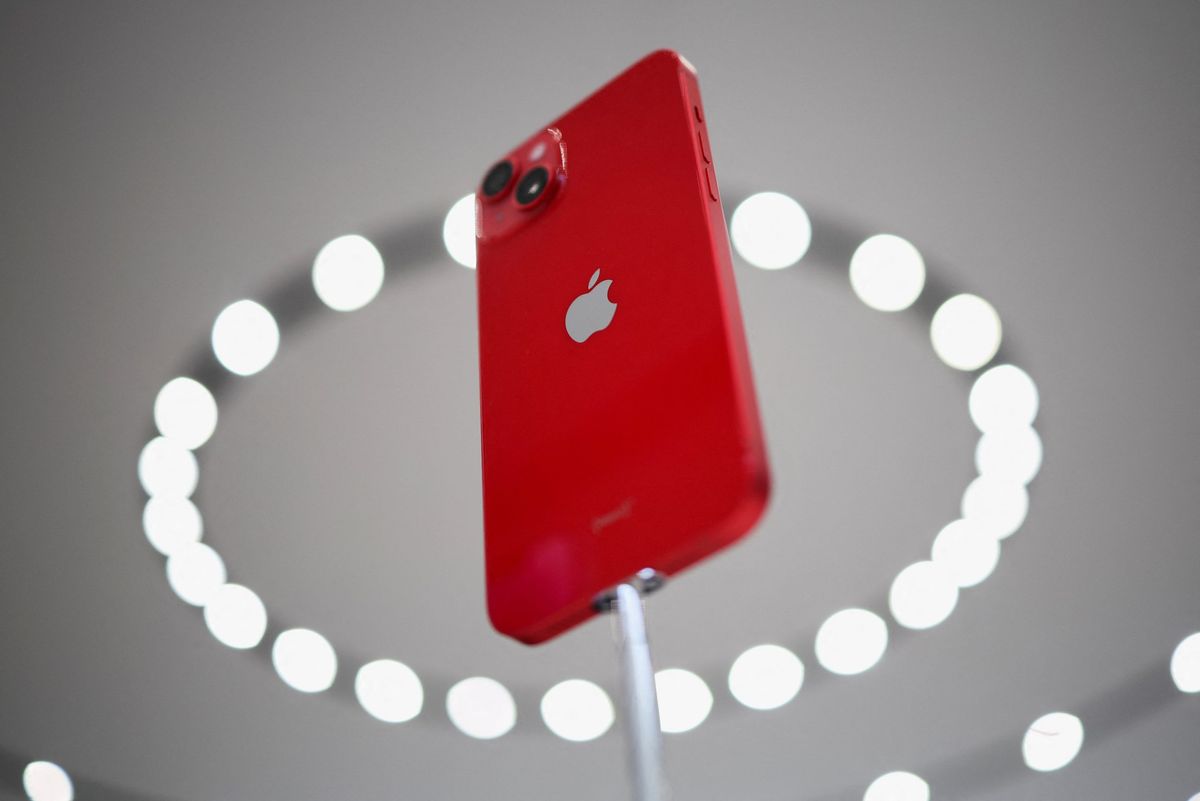Did Apple just launch the next space race?

A few minutes every morning is all you need.
Stay up to date on the world's Headlines and Human Stories. It's fun, it's factual, it's fluff-free.
So, if you haven’t heard, Apple just launched the new iPhone 14, and it’s a doozy. Among the phone’s many features (including a controversial island hole punch for notifications and the camera), it’s included satellite access for its new phones. If you’re excited about making phone calls from the middle of nowhere, tamp down your expectations now – this feature will be used almost exclusively for emergencies at this point.
That said, this is still a big deal. Apple approached a company called Globalstar back in 2019, and after a lot of talks, they came to a deal where Apple would use 85% of the company’s capacity for its satellite feature. There have also been reports (including a tweet by everyone’s favorite loose-lipped CEO, Elon Musk) that Apple might be partnering with Starlink down the road.
Apple isn’t the only company going for the satellite side of things, though. Chinese company Huawei recently said its new Mate 50 phones would have similar tech. And Google, which owns Android, has said it’s working on the software side so Android phones can start doing the same kind of thing.
This is all great news for the Globalstars and the Starlinks of the world, which are in an industry that analysts say will grow a ton in the coming years. While now everything is based on cell towers and the signal they provide, we could be eventually looking at systems that use both cell towers and satellite signals to provide WiFi service no matter where you are in the world.
For now, though, the tech will mostly be used for natural disasters and emergencies so people can send their location and a distress notification to authorities for help. This will be huge, too – imagine what it will mean for, say, a family stranded in their home after a hurricane.
All in all, it’s pretty rad tech.




Comments ()